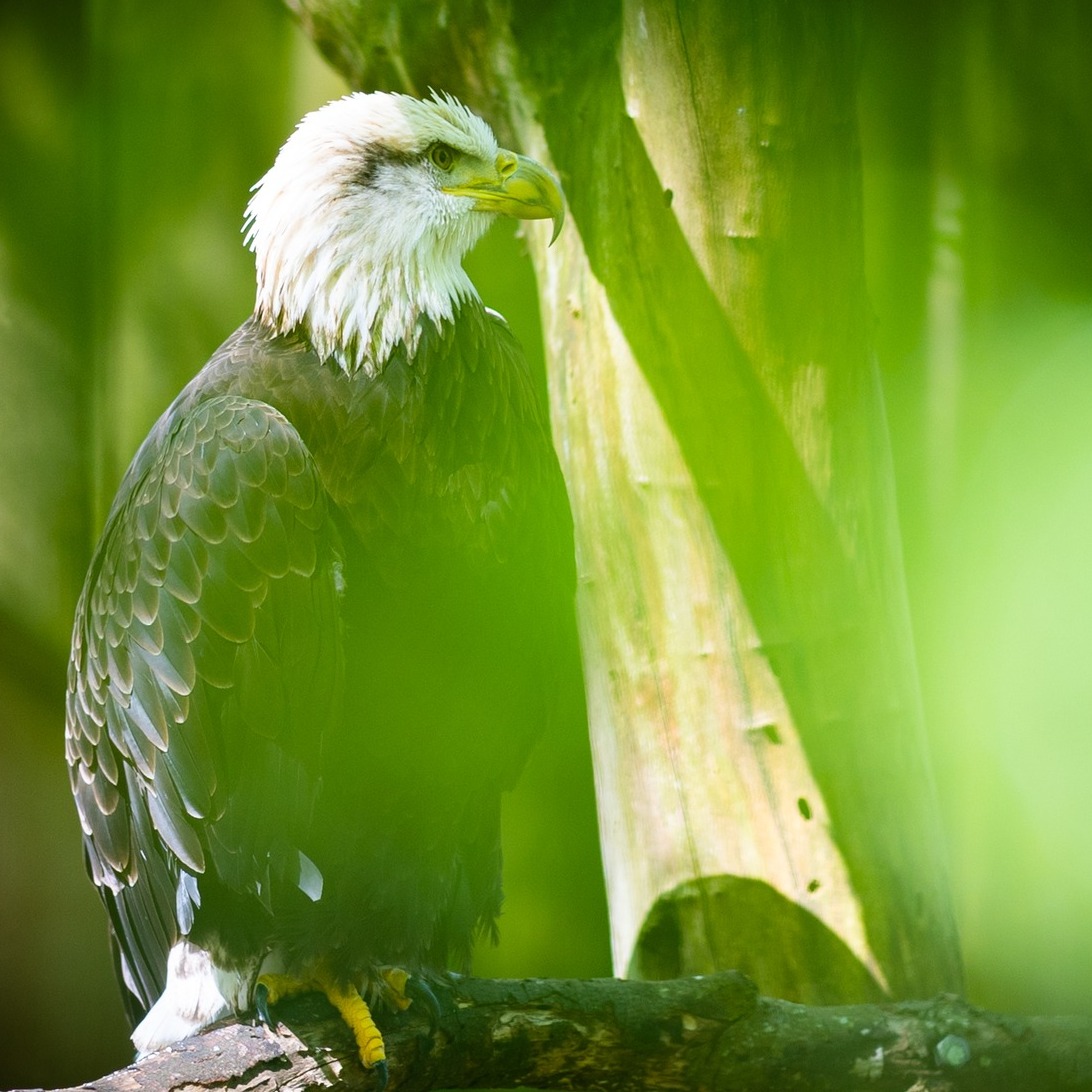- Endangered Species Act: A cornerstone of conservation efforts and species recovery success stories.
- Saving Animals From Extinction® (SAFE): The role of AZA and its accredited organizations in large-scale conservation.
- Conservation in practice: Case studies of recovered species and those still at risk.
- The Santa Fe College Teaching Zoo‘s involvement in SAFE programs.
- Celebrating and furthering conservation on Endangered Species Day.
Today is Endangered Species Day, a momentous occasion that underscores the triumphs in wildlife conservation and underscores the ongoing efforts necessary to preserve biodiversity across the globe. It’s a day marked by the celebration of conservation successes and a collective resolve to assist species that remain on the brink. This observance serves as both an acknowledgment of the critical work performed by conservationists worldwide and a call to action for continued commitment to this noble cause.
The might and fortitude of the Endangered Species Act (ESA) cannot be overstressed. Since its enactment in 1973, the ESA has been a powerful legislative tool for protecting imperiled species and their habitats. The landmark legislation has established a framework for listing species as endangered or threatened, affording them legal protection, and setting the stage for concerted recovery initiatives. Thanks to the ESA, iconic American wildlife such as the bald eagle, green sea turtle, and American alligator have seen remarkable comebacks, steering them away from the precipice of extinction.
Stepping beyond the foundational government efforts, organizations such as the Association of Zoos and Aquariums (AZA) have taken a pivotal role in furthering the success of conservation campaigns through their Saving Animals From Extinction® program. SAFE unites AZA-accredited institutions in powerful coalitions, leveraging their collective expertise, resources, and reach. These programs target species that require immediate attention, orchestrating precision conservation actions grounded in the best available science. Zoos and aquariums play an instrumental role here, providing financial and logistical support and delivering educational narratives to the public, fostering broader understanding and support for conservation missions.
Examining conservation in action offers insight and inspiration. The recovery stories span diverse ecosystems and species, each with its own unique set of challenges. Once dwindled by overharvesting and habitat loss, green sea turtles have experienced population gains through concerted, collaborative efforts such as protecting nesting beaches and regulating fisheries. Meanwhile, the peregrine falcon, once decimated by the pesticide DDT, has made a powerful resurgence thanks to regulatory actions and captive breeding programs that have reintroduced it across its historic range.
However, countless species persist in the shadow of extinction. These include the likes of North American bison and the red wolves, each facing threats from habitat fragmentation, disease, poaching, and other anthropogenic pressures. The task of conservationists remains arduous and unending, as extinction is not a remote abstract but a tangible loss reverberating through ecosystems.
The Santa Fe College Teaching Zoo exemplifies an institution deeply engaged in the SAFE programs endorsed by the AZA. With a track record of involvement in conservation efforts for species such as the Matschie’s tree kangaroo, eastern indigo snake, and Perdido Key Beach mouse, it stands as a beacon of active stewardship in conservation education. These initiatives illustrate the importance of arming the next generation of conservationists with the knowledge and practical experience they need to impact change effectively.
As today marks Endangered Species Day, each of us carries the potential to further conservation success. It’s a day to honor the endeavors that have clawed species back from the brink, catalyze action, and protect those still in jeopardy. It serves as a reminder that every effort counts, from supporting habitat restoration projects and advocating for strong environmental policies to making conscious consumer choices that reduce our collective footprint on this Earth.
The work to stop extinction continues in teaching institutions, in the corridors of legislation, across urban and wild spaces, and within the very fabric of our daily lives. As we celebrate this day, let us recommit ourselves to the enduring task of conservation, ensuring that our planet’s biosphere remains vibrant for all its inhabitants today, tomorrow, and for generations to come.
*****
Source Description
Today is Endangered Species Day! This annual celebration of conservation success is a time to reflect on the progress we have made in preventing extinction and to continue working together to help still-struggling species.
Thanks to the Endangered Species Act and the hard work of conservationists and activists, the bald eagle, green sea turtle, American alligator, peregrine falcon, and many other species were kept from disappearing into extinction. Since its establishment, the federal government, zoos, and aquariums, with the Association of Zoos and Aquariums (AZA), have worked tirelessly on species recovery programs and established the signature conservation program, Saving Animals From Extinction® (SAFE), to allow AZA-accredited members and partners to work on species conservation at scale. Collaborative partnerships are helping save species from extinction, from sea turtles to black-footed ferrets to red wolves to North American bison, and will continue to do so for the next 50 years and beyond. The Santa Fe College Teaching Zoo is proud to be involved in the Matschie’s tree kangaroo, eastern indigo snake, and Perdido Key Beach mouse AZA SAFE programs.
Celebrate conservation successes this Endangered Species Day while working to keep up the momentum to stop extinction. Learn More:
Endangered Species Day Info: https://t.ly/5cL5Y
Santa Fe College Teaching Zoo AZA SAFE Programs: https://t.ly/SZ8Mv
AZA SAFE: https://t.ly/-AFjN


